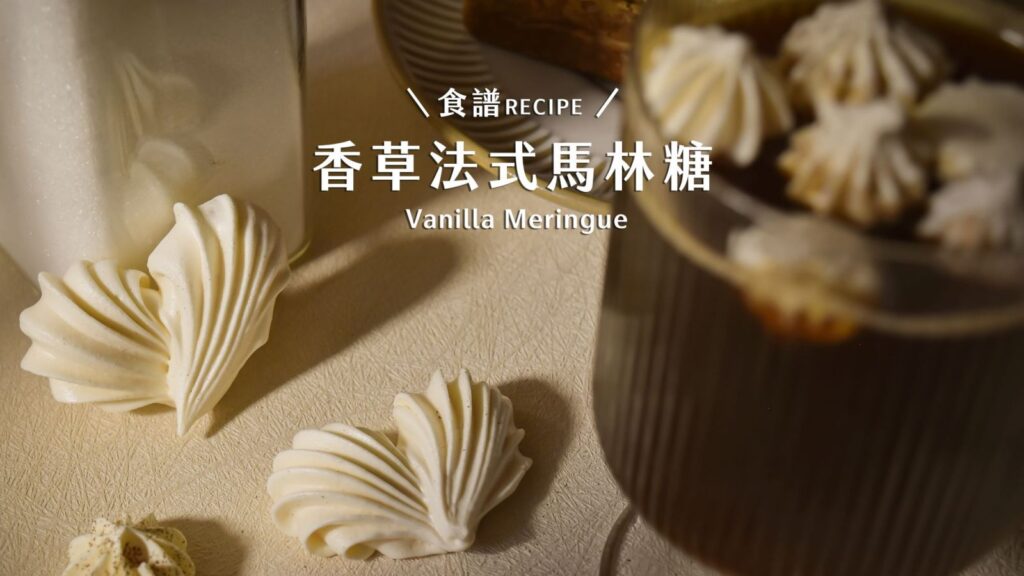What is Meringue (Egg White Frosting)?
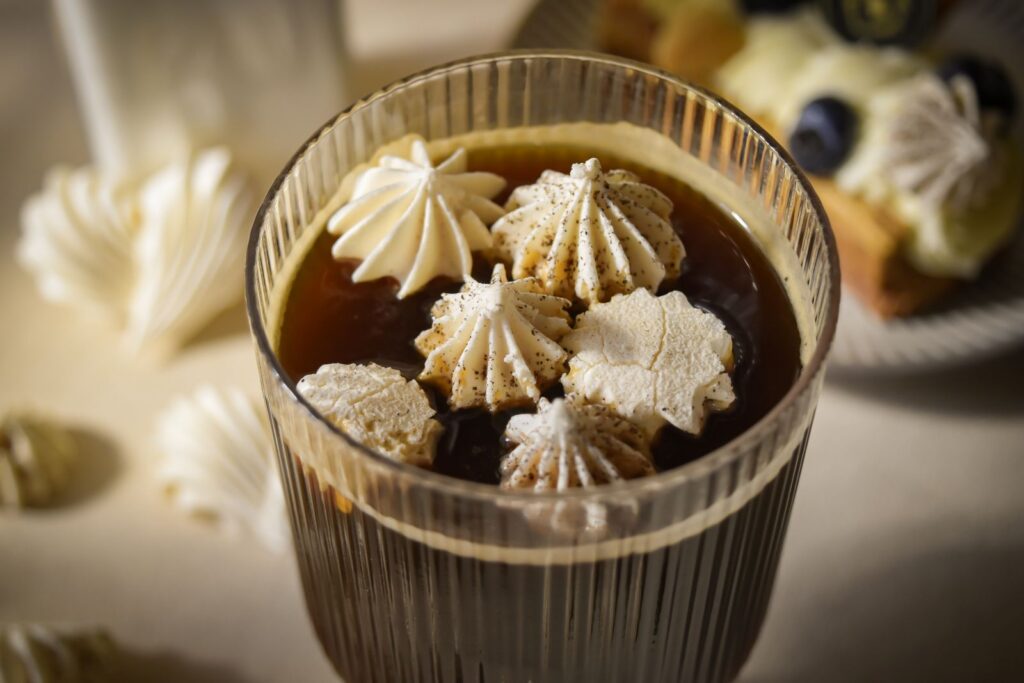
When you use egg yolks for fillings, what do you do with the leftover egg whites? What can you make with egg whites?
Meringue, also known as egg white frosting, is a dessert made from egg whites and sugar. It is light and crisp, and serves as a basic ingredient or decoration in many desserts. Meringue originated in places such as Switzerland and France, and is made primarily from egg whites and sugar. The process involves whipping the egg whites until stiff peaks form, then adding sugar to stabilize the structure, and finally baking at a low temperature to dry out the meringue until it becomes crisp. If you have an abundance of egg whites, making meringue is a perfect way to put them to good use!
The methods for making meringue are mainly divided into three types: French, Italian, and Swiss. Each method offers different results in terms of stability, sweetness, and texture!
Understanding the Types of Meringue (Egg White Frosting)
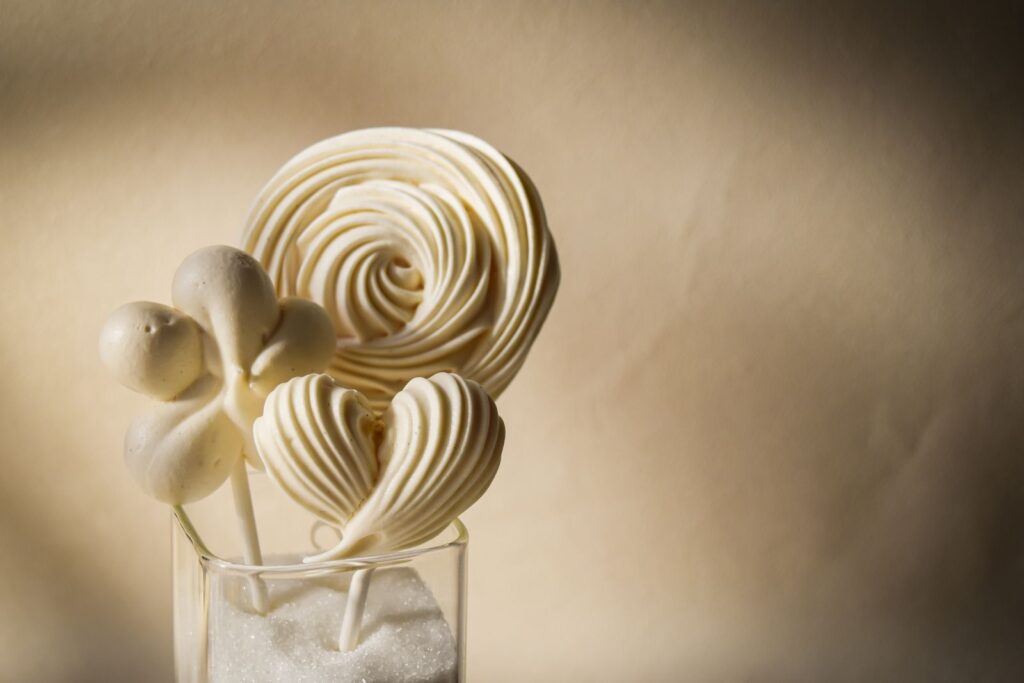
French Meringue (Egg White Frosting)
- Method: French meringue is the simplest method. It involves gradually adding sugar to room-temperature egg whites while whipping until stiff peaks form and the mixture becomes firm and smooth.
- Advantages: Simple and quick, suitable for beginners; light, crisp, and melts in your mouth.
- Disadvantages: Low stability; it can easily collapse, making it unsuitable for long-term storage or intricate decorations; requires fast and precise work.
Italian Meringue (Egg White Frosting)
- Method: Italian meringue is made by heating a sugar syrup to about 110°C-120°C and then slowly pouring it into egg whites that have already started to be whipped. The hot syrup stabilizes the egg whites, resulting in a glossy, creamy consistency.
- Advantages: High stability; it does not collapse easily, is delicate and smooth, and is ideal for intricate decorations and dessert embellishments.
- Disadvantages: Relatively more complicated to make; it requires the preparation of a sugar syrup and precise temperature control, making it more challenging for beginners.
Swiss Meringue (Egg White Frosting)
- Method: Swiss meringue is made by placing the egg whites and sugar in a bowl and gently heating them over a water bath until the sugar is completely dissolved. Then, the mixture is whipped until stiff peaks form. This type of meringue is more stable than French meringue but slightly less delicate than Italian meringue.
- Advantages: Moderate stability; it does not collapse easily, has a firm appearance, a delicate texture, and is suitable for storage.
- Disadvantages: Requires heating equipment and precise temperature control; it is more cumbersome than the French method and its stability and gloss are slightly inferior to the Italian method, with some decorations possibly not being as refined.
Each type of meringue has its own characteristics in terms of ease of preparation and stability. For beginners, it is recommended to start with the French meringue. As your skills improve, you can challenge yourself with the more stable Italian or Swiss meringues to achieve more refined dessert results!
Meringue (Egg White Frosting) Ingredient Preparation
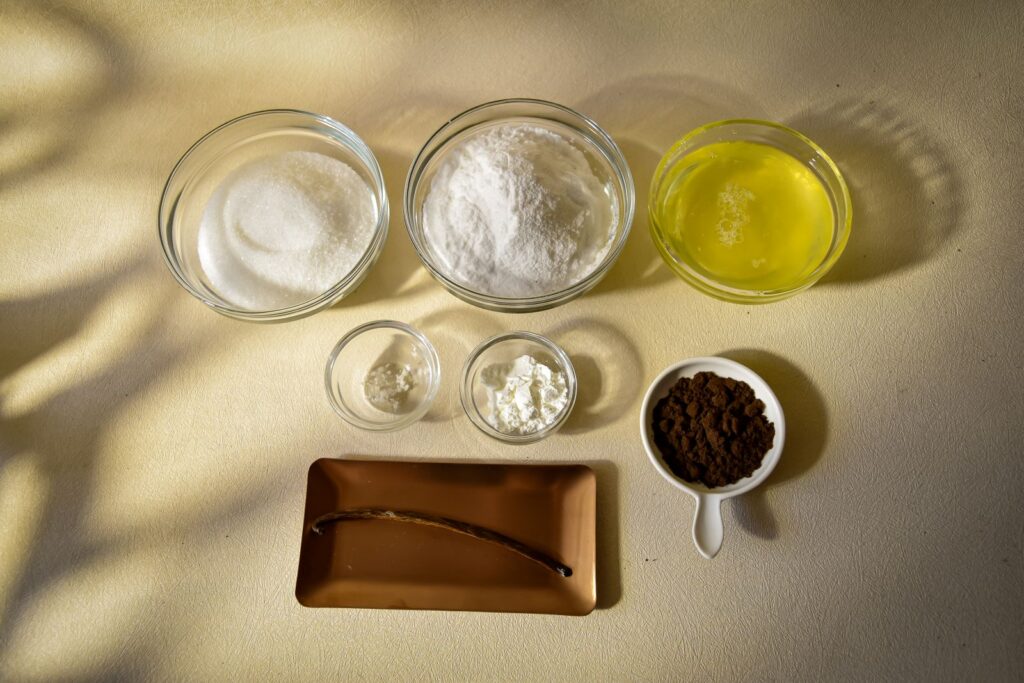
- Egg Whites: 150g
- Vanilla Sugar: 150g (if you don’t have vanilla sugar, you can make
- Powdered Sugar: 135g
- Vanilla Salt: 0.5g
- Cornstarch: 7.5g
- Vanilla Powder: a pinch (for decoration, optional)
How to Choose Vanilla Products
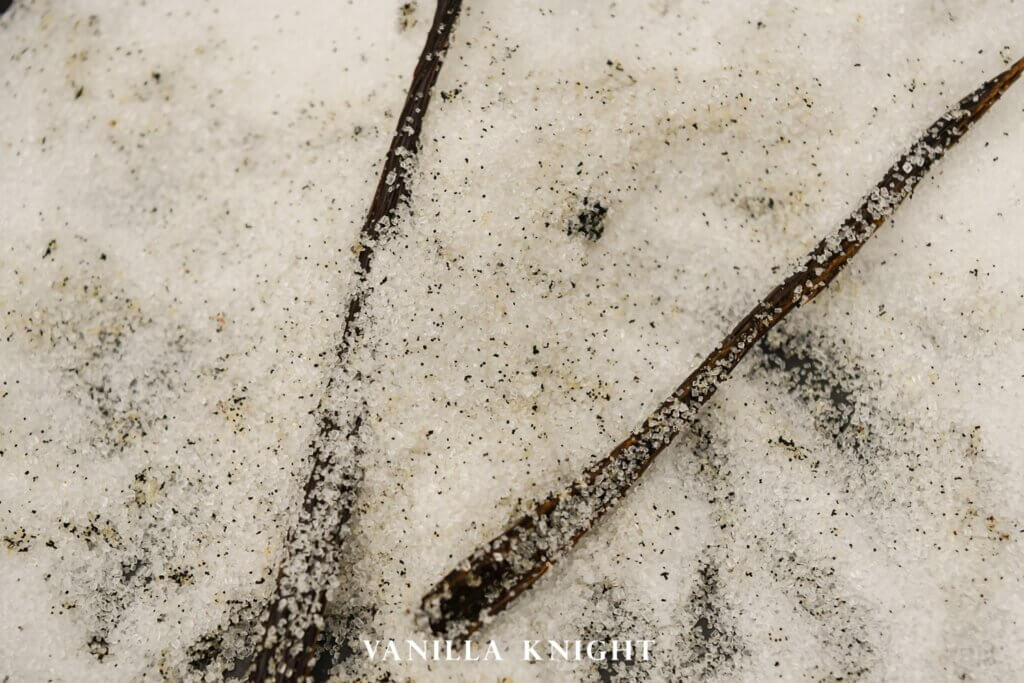
When making meringue, how can you select the appropriate vanilla products to enhance its delicate aroma and flavor?
Since the core ingredients of meringue are [egg whites] and [sugar], you can directly use [vanilla sugar] and [vanilla salt]. Vanilla sugar, which is fully infused with vanilla flavor, provides a natural vanilla aroma to the meringue without affecting the stability of the egg white frosting! When the vanilla sugar is whipped together with the egg whites, it releases a subtle and gentle vanilla scent throughout the frosting, giving the meringue a naturally fragrant character.
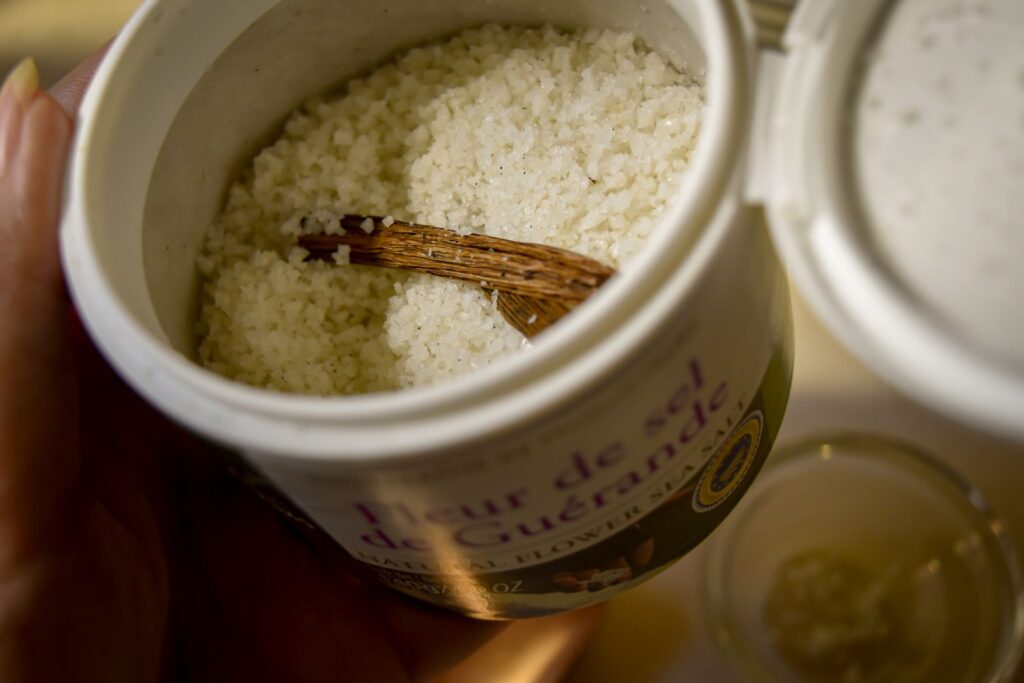
Additionally, vanilla salt can be used as a light seasoning to balance the sweetness of the meringue. If you desire a more intense vanilla flavor, you can add a [small amount of vanilla sauce] when the egg white frosting is nearly fully whipped, making the aroma more pronounced; alternatively, after piping, you can decorate the meringue with [vanilla powder] to further enhance the vanilla flavor!
How to Make Vanilla Sugar?A Handy Guide for Using and Storing Vanilla Sugar
What to do with leftover vanilla beans? A 3-Step Process to Make Your Own Vanilla Salt!
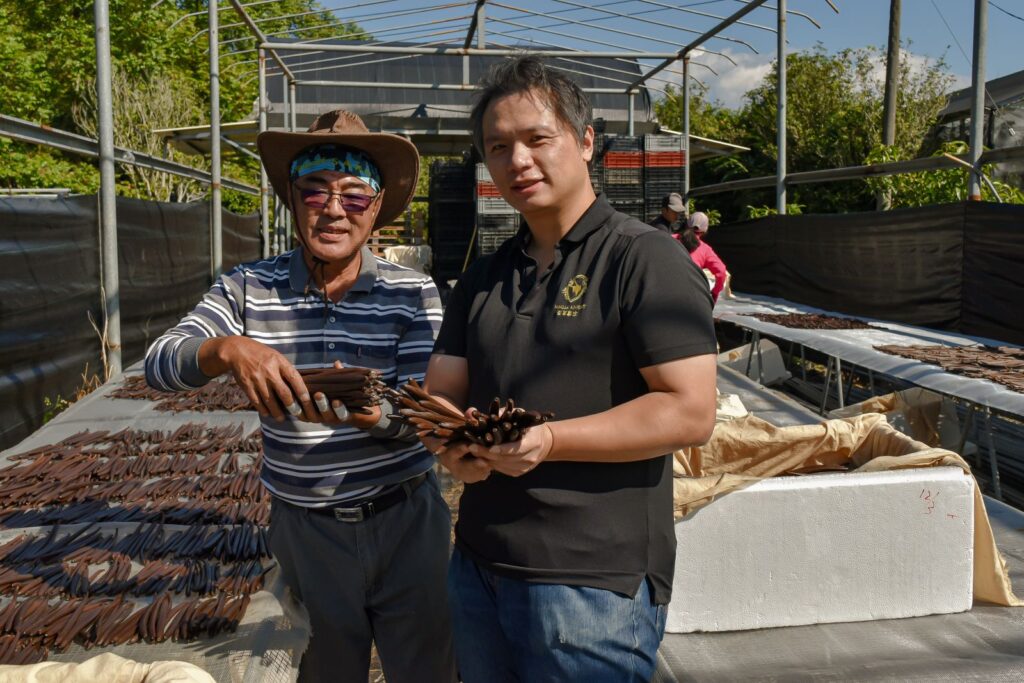
Taiwan Also Grows Vanilla Beans
跟大家推薦我們自產自銷的「台灣香草莢」品質媲美原產地進口,採用友善農法種植,安全健康的台灣味!
台灣香草莢這裡買:香草莢購物商城
How to Make Meringue (Egg White Frosting)?
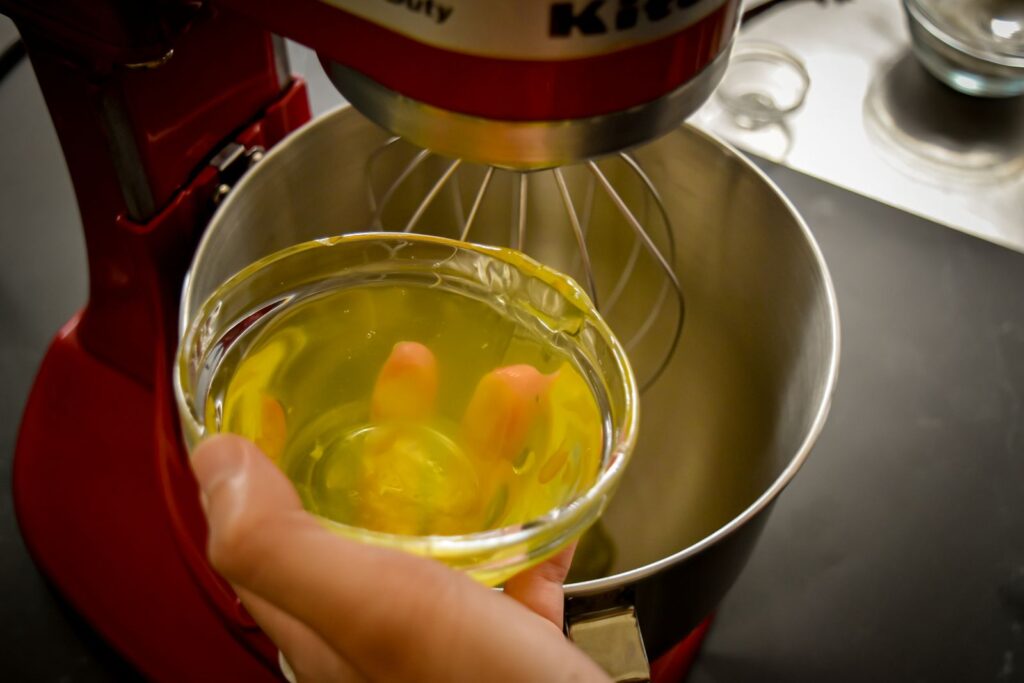
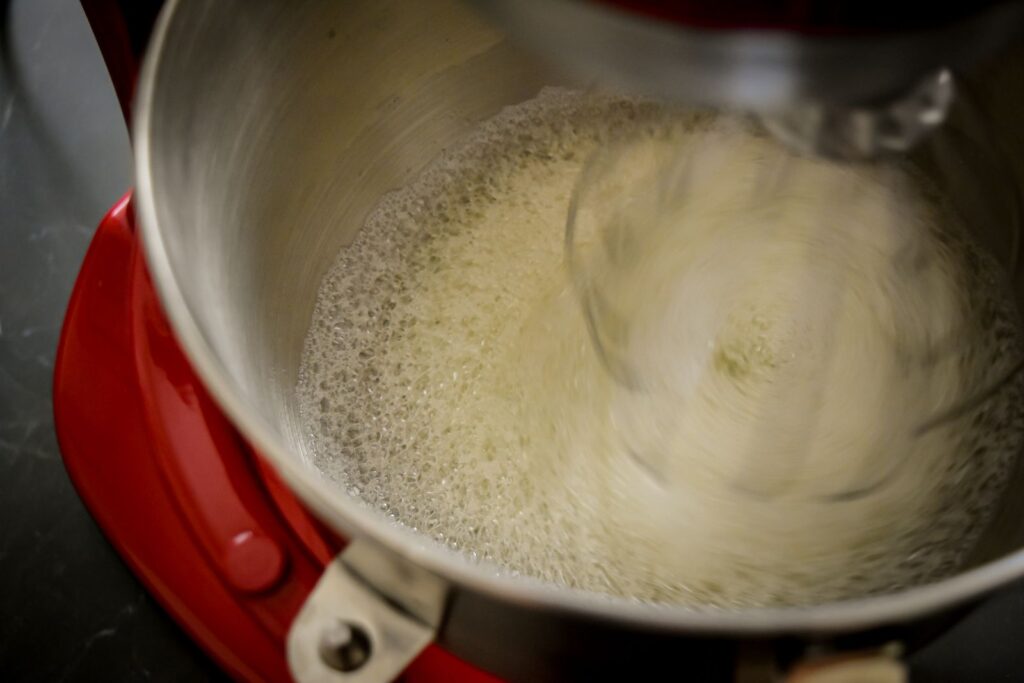
STEP 1: Whisk the Egg Whites
Pour the egg whites into a clean, grease-free mixing bowl and start whipping them at medium speed. The bowl must be completely dry and free of any oil, as any trace of fat will inhibit the whipping process and prevent the egg whites from forming stable foam!
TIP: Allow the egg whites to come to room temperature before whipping; this will improve the whipping results.
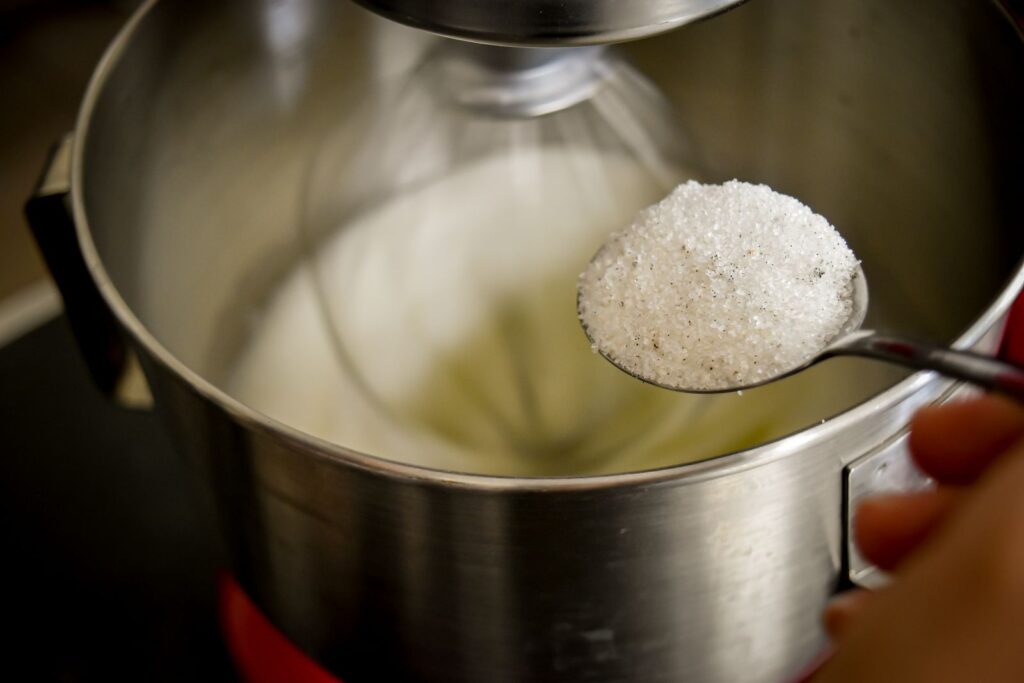
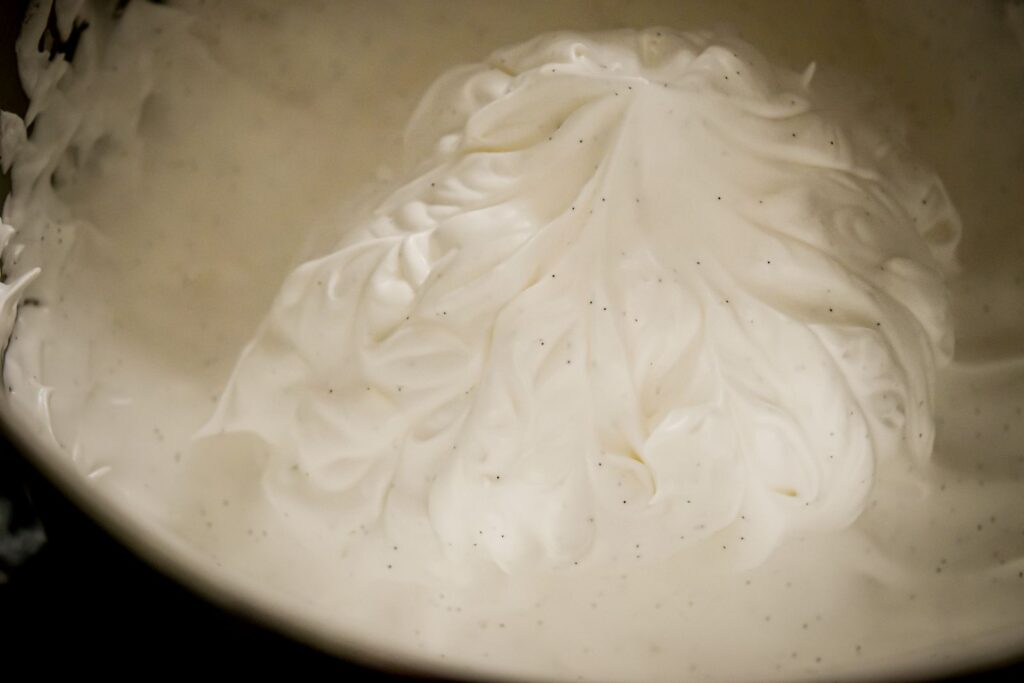
STEP 2: Gradually Add the Vanilla Sugar
When the egg whites begin to form foam and appear soft, start adding the vanilla sugar gradually. Add a small amount of vanilla sugar at a time, allowing it to dissolve completely before adding more. This helps avoid any undissolved sugar granules, which could affect the delicate texture and gloss of the frosting.
Don’t want it too sweet—can you reduce the sugar? Sugar plays an important role in meringue; it not only provides sweetness but also helps stabilize the egg white foam, ensuring it is whipped to a firm and uniform consistency while maintaining a crisp texture. Reducing too much sugar (for example, cutting it in half) will make the frosting unstable. If you prefer a less intense sweetness, it is recommended to add some lemon juice instead.
STEP 3: Add the Vanilla Salt and Lemon Juice
When the egg whites are about halfway whipped, gradually add the powdered sugar, cornstarch, and vanilla salt, using the same method as with the vanilla sugar—adding in small batches so that the powdered sugar dissolves completely.
TIP:如需降低甜度,可在此時加入少許檸檬汁,幫助穩定蛋白霜並增添一絲清香。
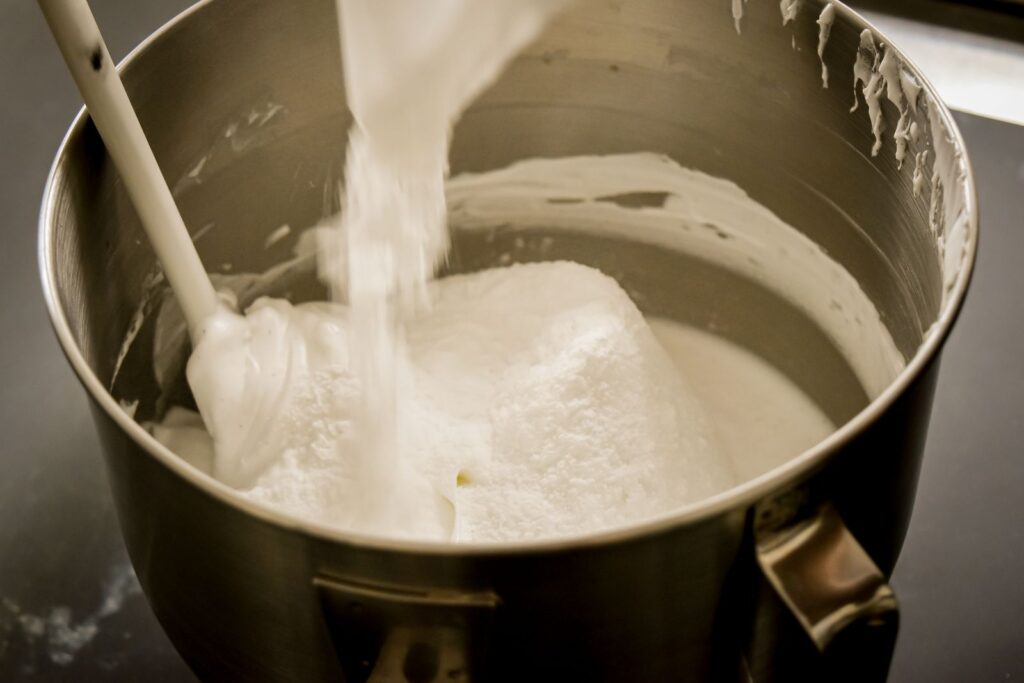
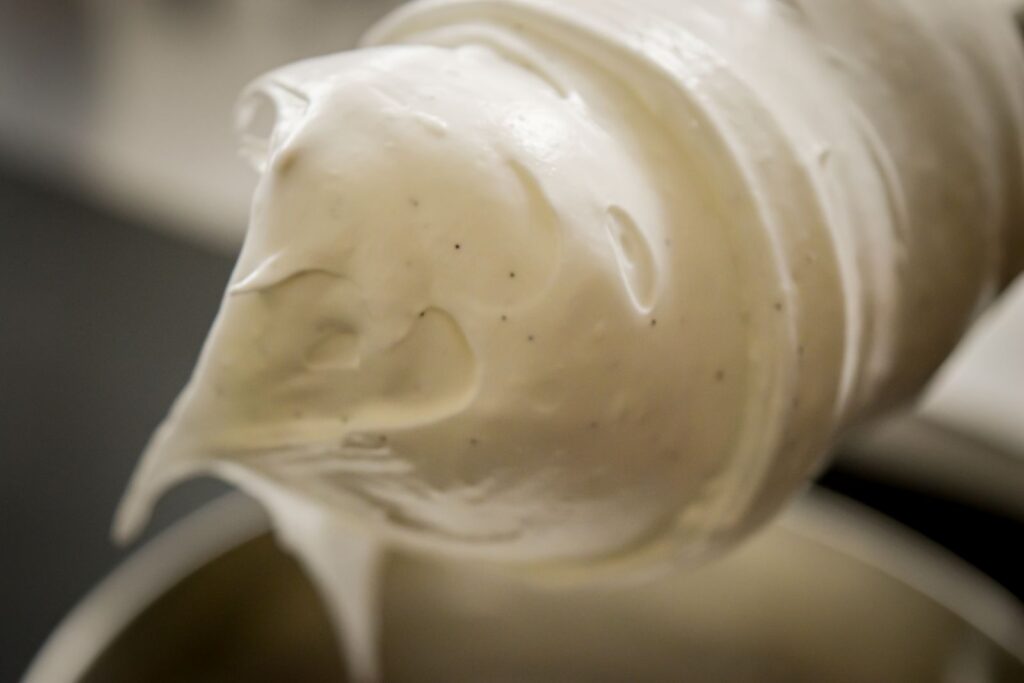
STEP 4: Incorporate the Dry Ingredients After Whipping
Continue whipping the egg white frosting at medium-high speed until stiff, firm peaks form and the surface of the frosting is smooth and glossy—this indicates that the egg white frosting has reached the stiff peak stage. Once reached, gently fold in the powdered sugar and cornstarch (make sure to sift the powdered sugar and cornstarch first) until there are no traces of powder remaining.
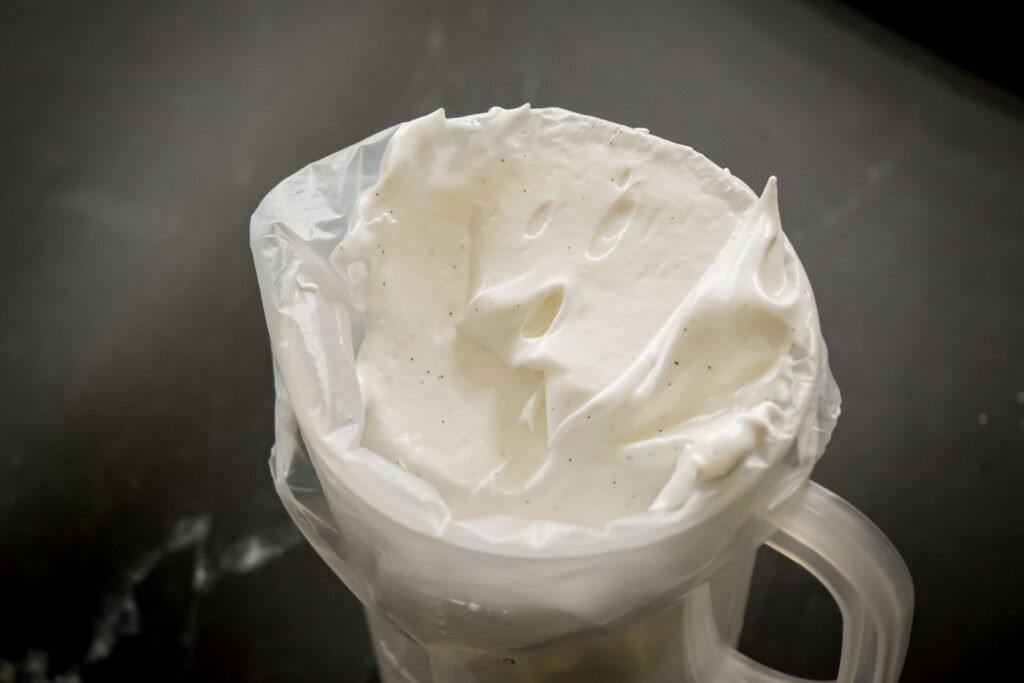
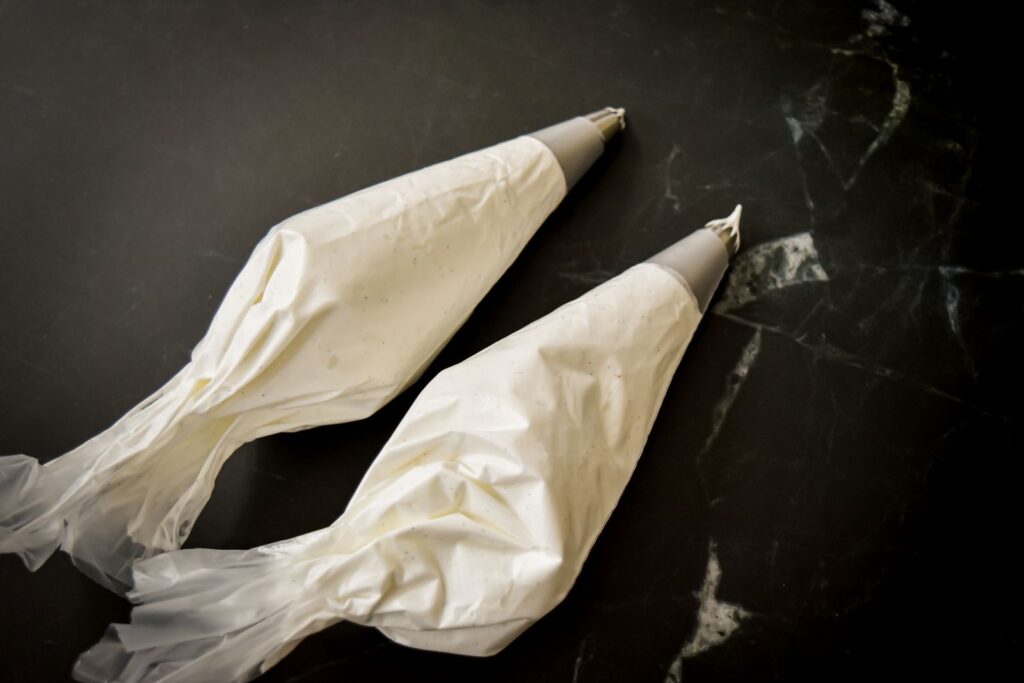
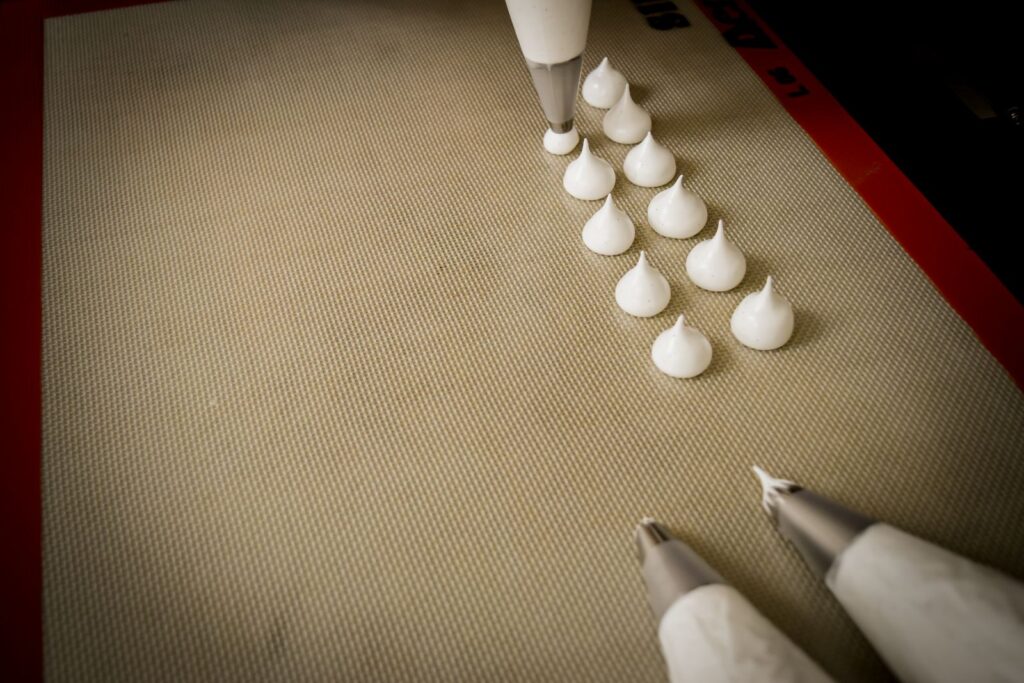
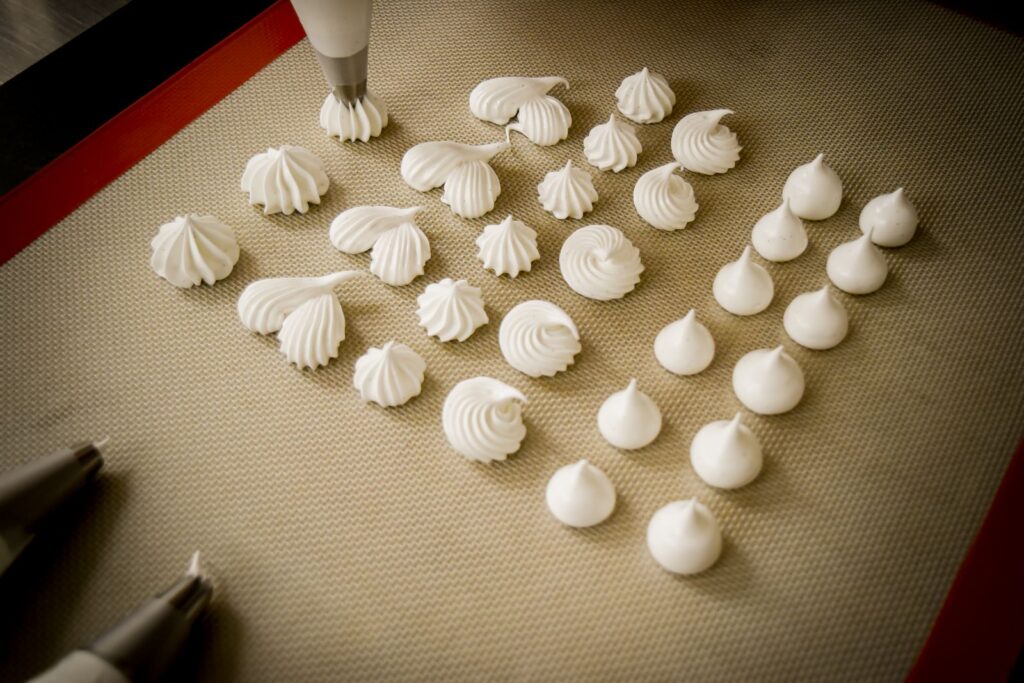
STEP 5: Pipe the Meringue into Shapes
Transfer the whipped egg white frosting into a piping bag fitted with your preferred nozzle. Pipe the meringue evenly into shapes—it can be piped into small rounds, swirls, or even lollipop shapes. Ensure that the thickness of the meringue pieces is consistent so that they bake evenly.
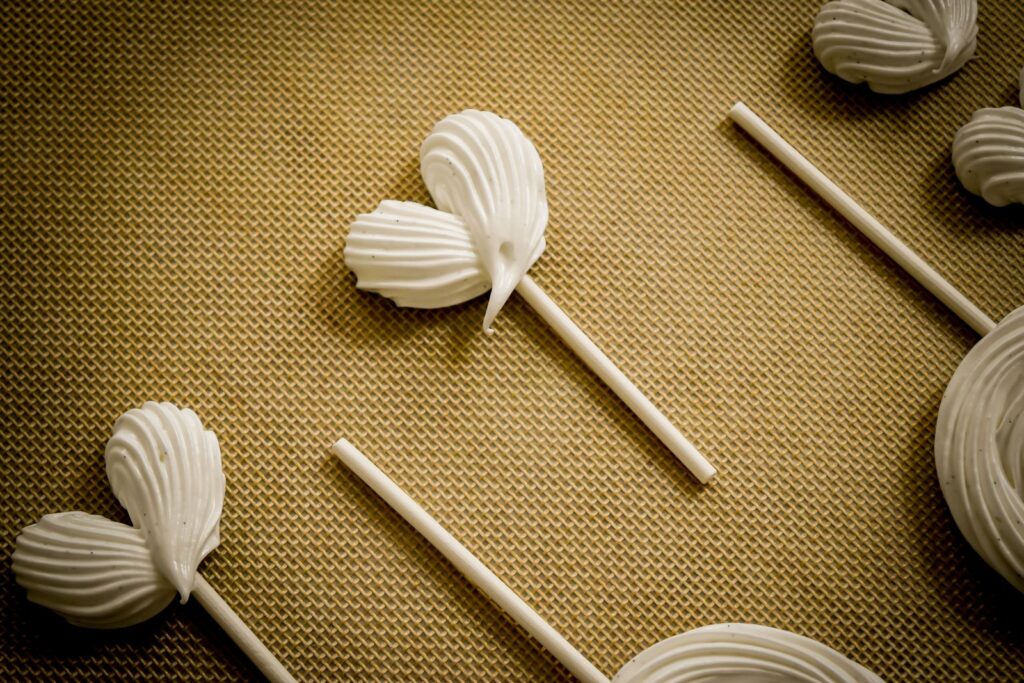
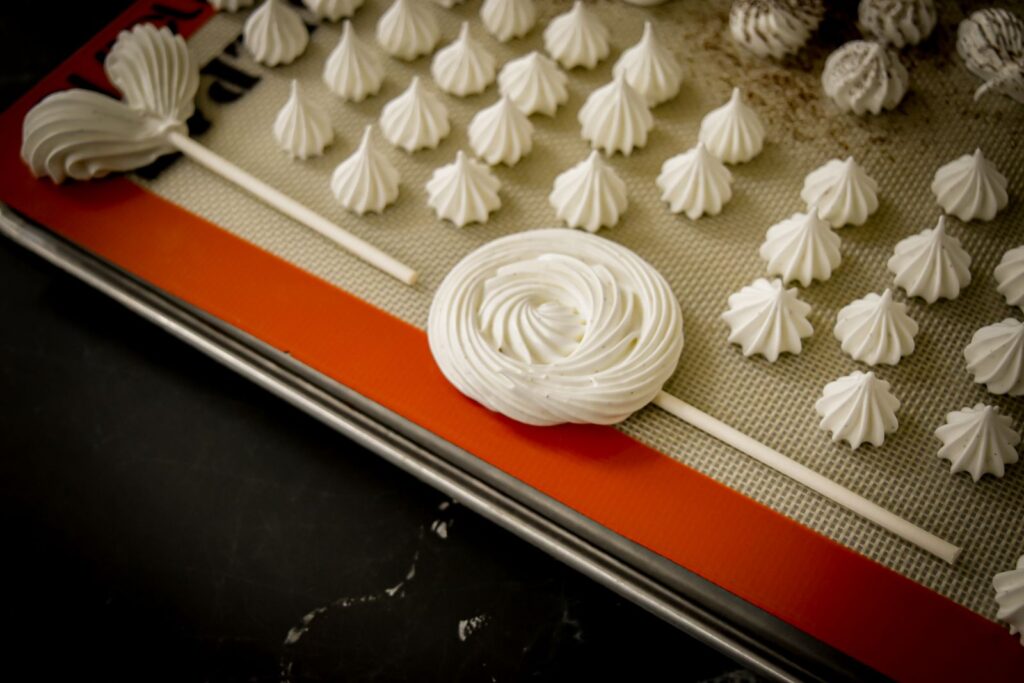
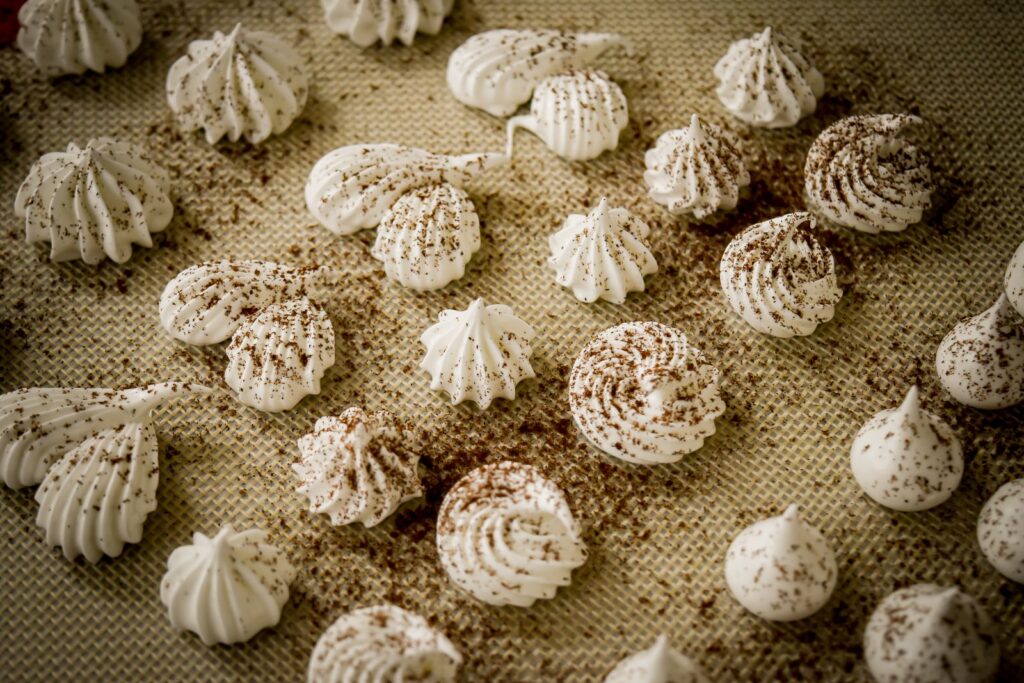
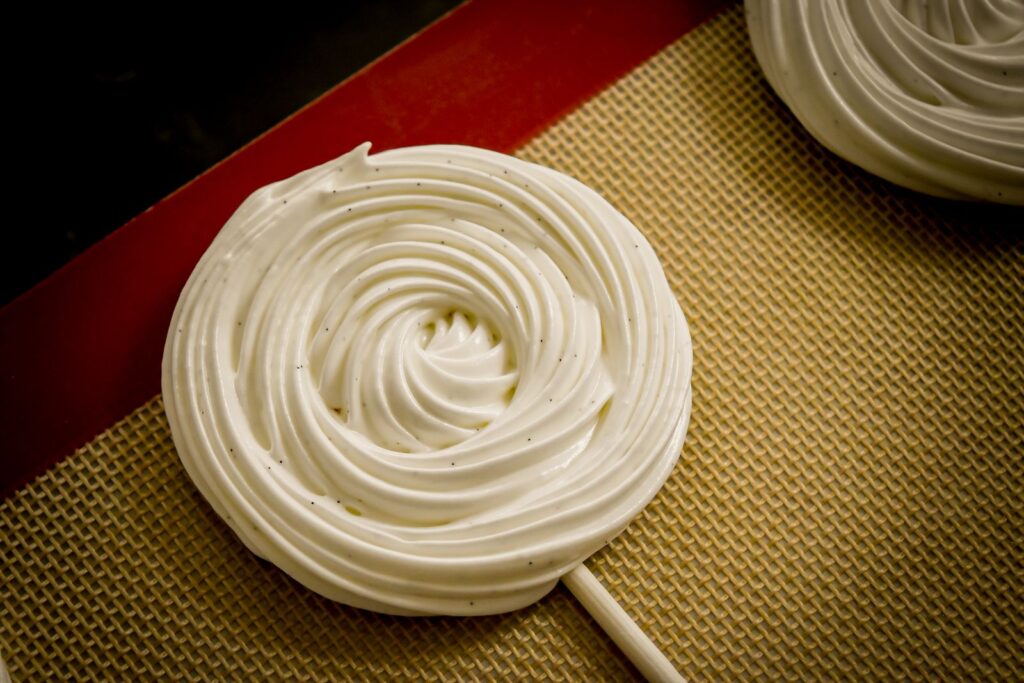
Meringue Lollipops
In addition to the regular granular meringue, you can also use lollipop sticks to create meringue lollipops. These can be decorated and tinted with pearl sugar, food coloring, vanilla powder, and other embellishments.
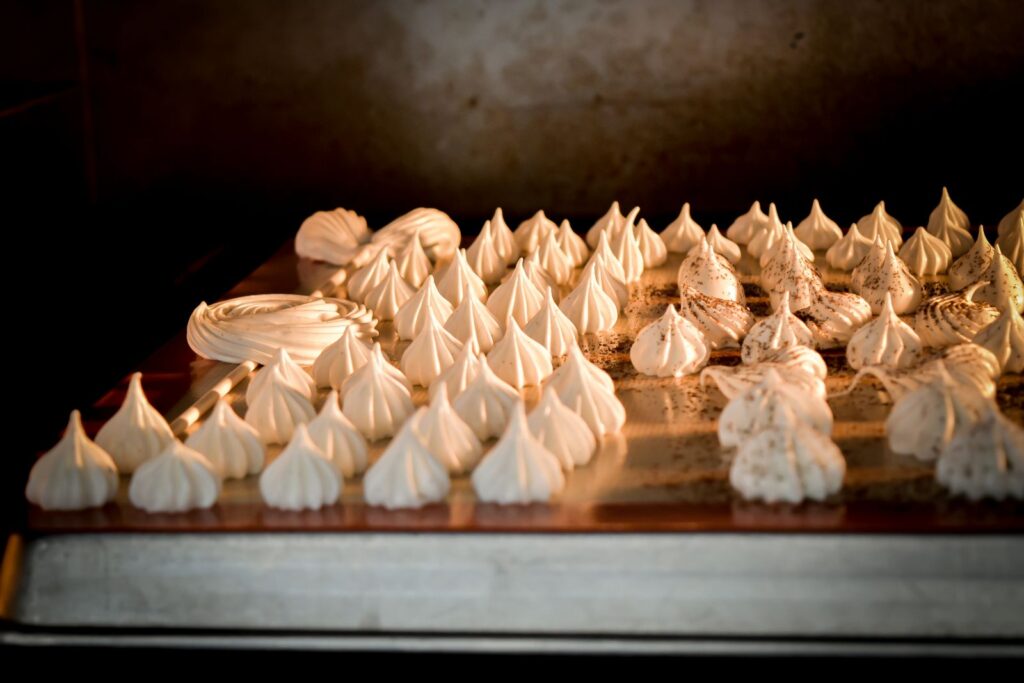
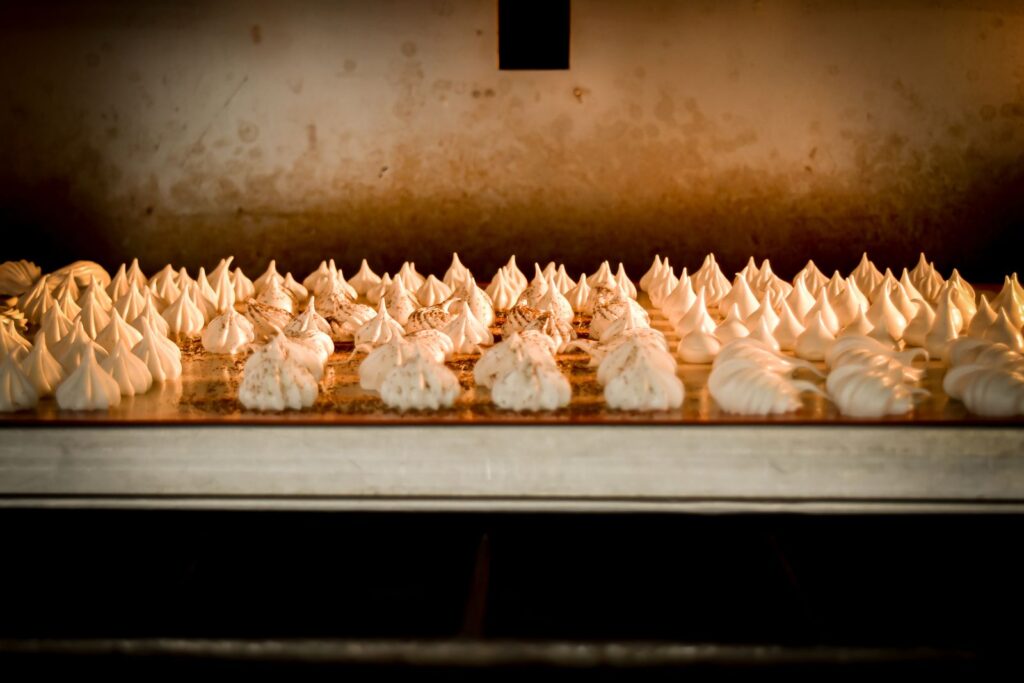
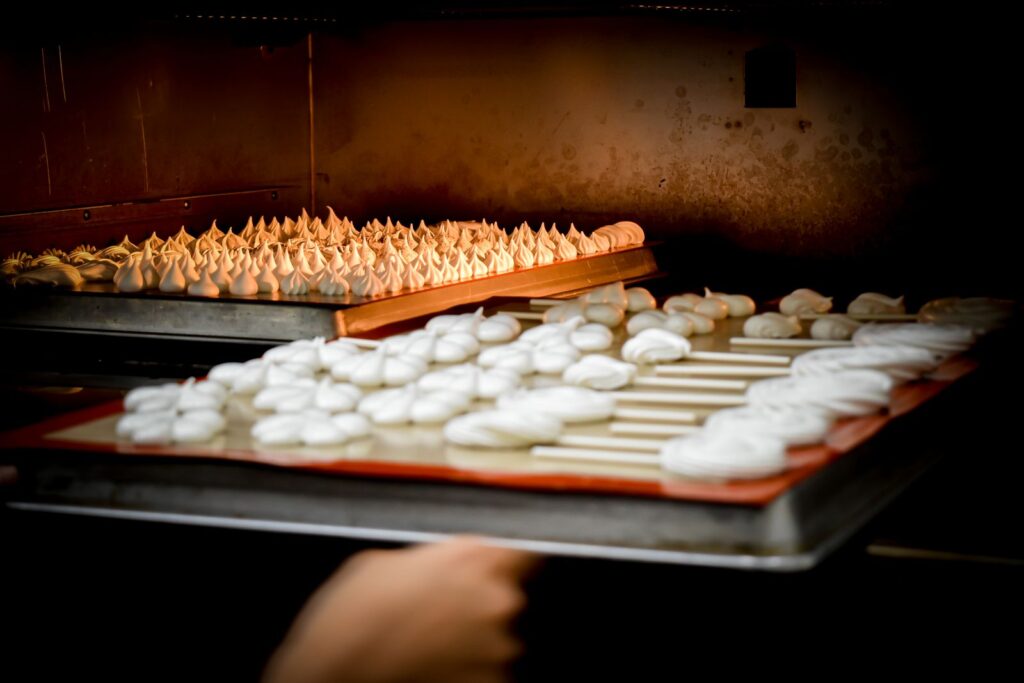
STEP 6: Baking
Meringue must be baked at a low temperature for a long period to ensure a dry, crisp texture. Preheat the oven to 90°C, then place the meringue in the preheated oven and bake for approximately 1 hour until it is completely dry and sounds crisp when tapped lightly.
TIP:低溫慢烤是馬林糖成功的關鍵。烘烤過程中避免打開烤箱門,否則溫度變化可能導致馬林糖外殼裂開。
Tools used
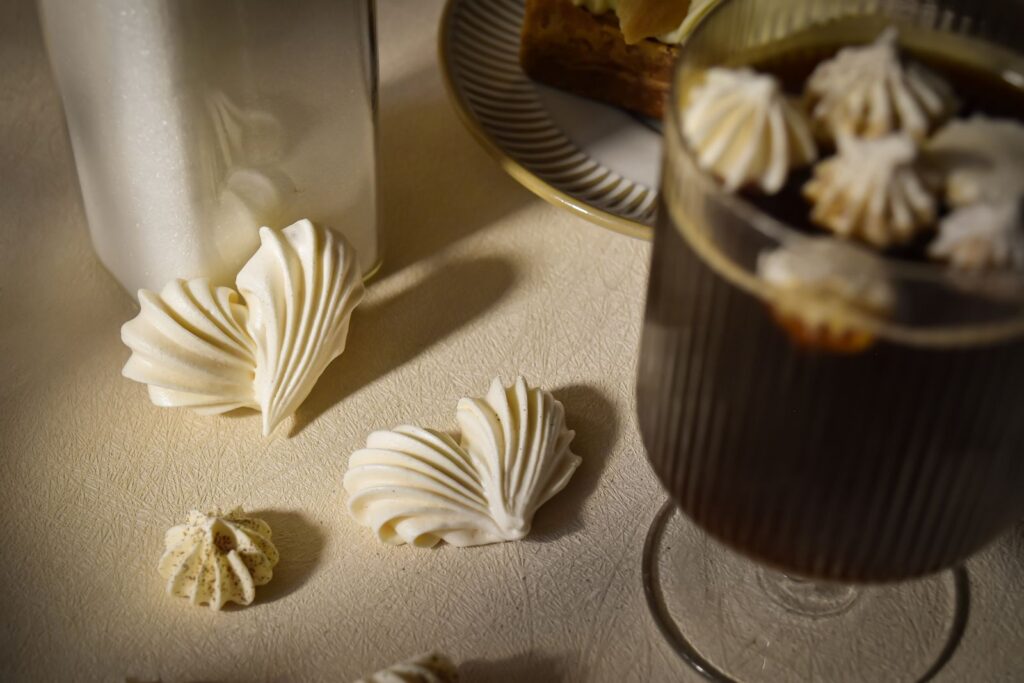
Glass Bowl
Mixer
Spatula
Piping Bag and Nozzles
Baking Tray
Oven
Lollipop Sticks:這裡買
Using and Storing Meringue (Egg White Frosting)
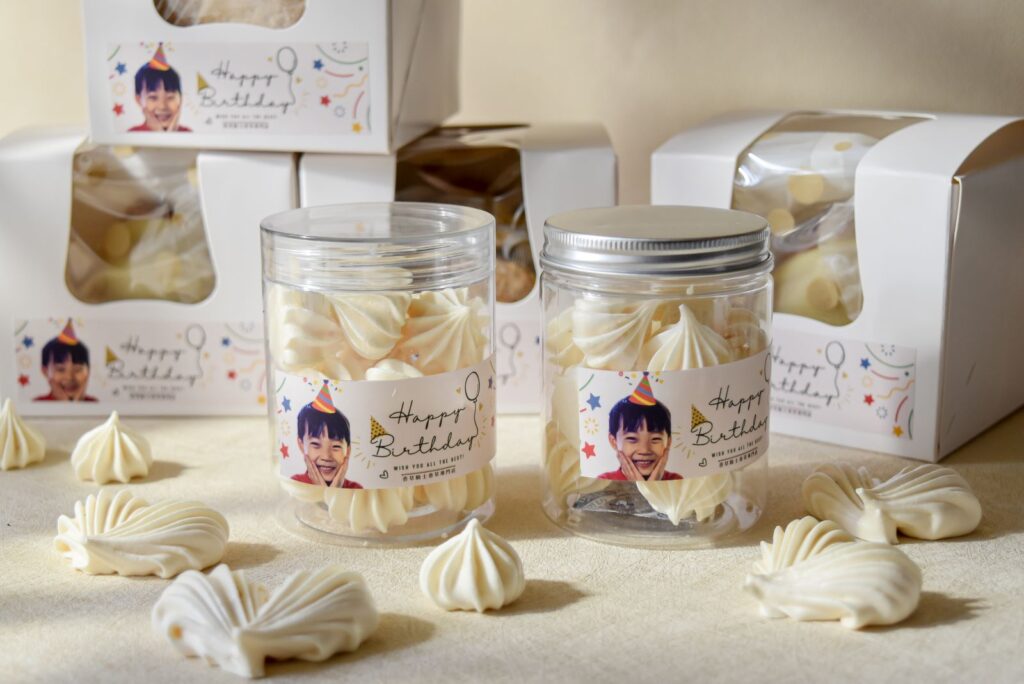
How to Use
French meringue, with its light and crisp texture, is ideal for pairing with various desserts to enhance flavor and provide decorative appeal. Below are some common ways to use it:
- Dessert Decoration
French meringue can be crafted into delicate decorations that enhance the visual appeal and add texture when paired with cakes, pies, or buttercream. For example, lemon tarts, strawberry cakes, or other fruit desserts can be adorned with meringue. - Standalone Dessert
French meringue itself can serve as a delightful little treat with its light, crisp texture that melts in your mouth. It is ideal for making meringue cookies, small rounds, or spiral shapes. Children particularly enjoy meringue, and it can also be used to create homemade birthday treats for kindergarten.
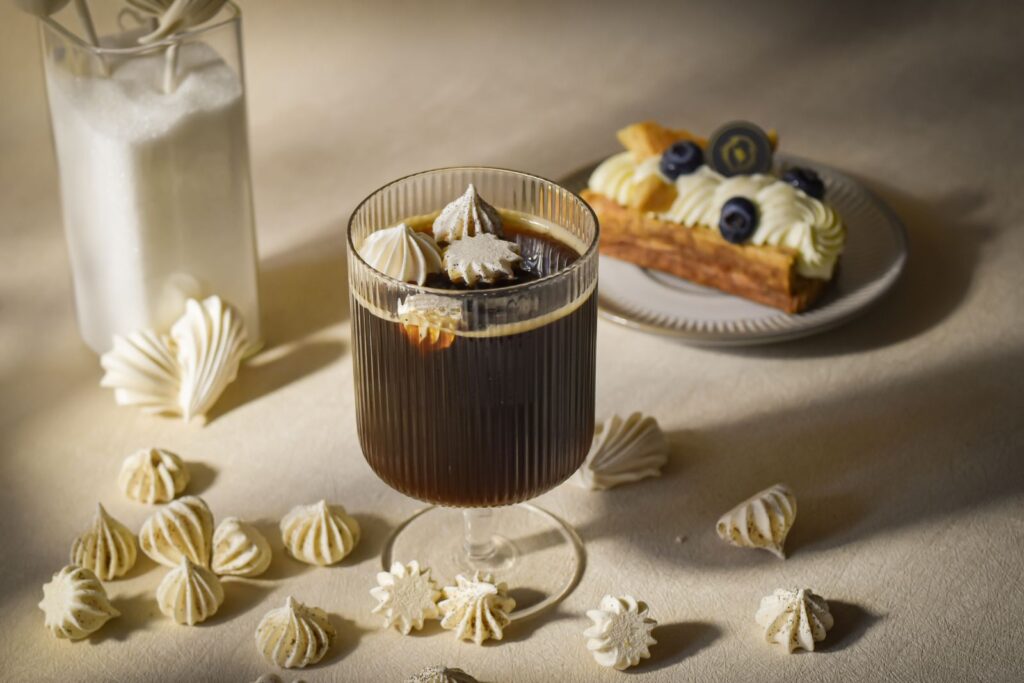
Storage Methods
To maintain the crisp nature of meringue, it must be kept in a dry environment; otherwise, it will easily absorb moisture and become soft. Therefore, special care is needed when storing it:
- Store at Room Temperature in an Airtight Container
Place the meringue in a dry, cool room-temperature environment and store it in an airtight container. You can also include a desiccant pack in the container to extend its shelf life by preventing humid air from entering. This will help maintain the meringue’s crisp texture, and it can last for about one week. - Avoid Refrigeration
Meringue tends to absorb moisture in refrigerated environments, which softens its texture. Therefore, it is not recommended to store meringue in the refrigerator. If you must freeze it, place it in a sealed bag or container, though the texture may be affected. It is best to keep it at room temperature and consume it as soon as possible.
馬林糖常見問題與解答
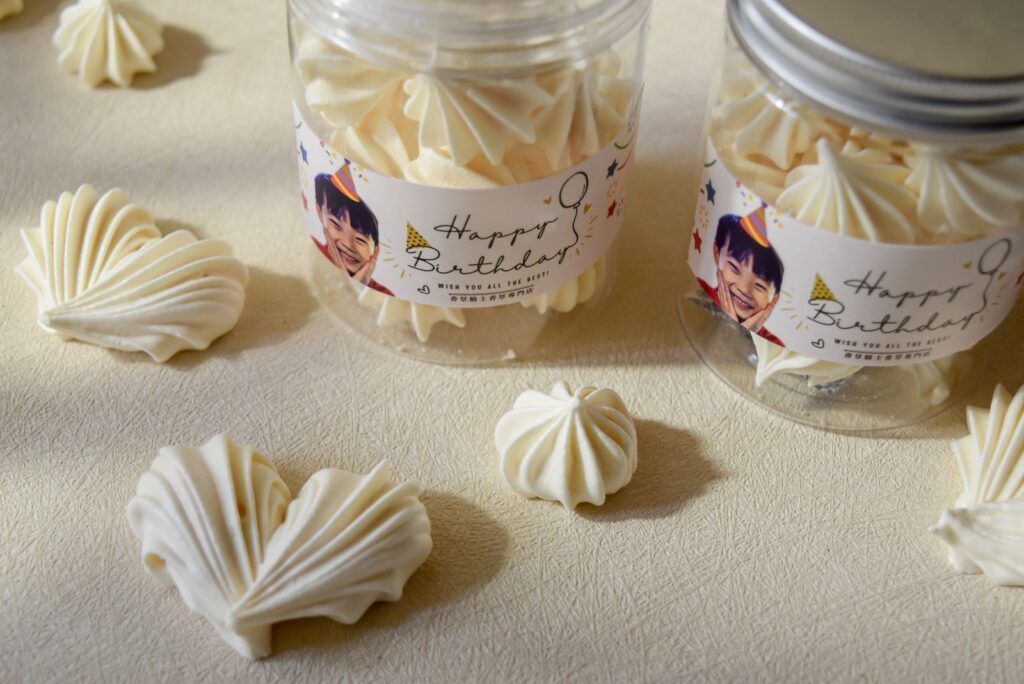
Why does the egg white frosting become unstable or exhibit water separation?
If the whipped egg white frosting becomes unstable or shows signs of water separation, it may be because the proteins and water are not fully combined, or there is residual oil on the equipment. To stabilize the frosting, it is recommended to add a small amount of an acidic substance—such as lemon juice or white vinegar—during the whipping process. Additionally, the equipment must be completely clean and free of oil, as any grease can prevent the egg whites from forming proper foam.
Why does the sugar not completely dissolve in the egg white frosting?
If the sugar does not fully dissolve, it may be because too much sugar was added at once, resulting in undissolved granules that affect the texture of the frosting. It is important to add the sugar gradually—adding a small amount at a time and ensuring it is fully incorporated before adding the next portion.
Why does the egg white frosting tend to collapse?
The egg white frosting may collapse because sugar is added too quickly during the whipping process, or because the egg whites are over-whipped. It is important to whip the egg whites only until stiff peaks are just formed—avoid over-whipping. Additionally, egg whites whip more easily and are more stable at room temperature.
Why do meringues crack after baking?
Meringues typically crack because the oven temperature is too high or the baking time is insufficient, causing the outer layer to dry out quickly while the interior has not fully set. Meringues need to be baked at a low temperature for a long period so that they dry evenly inside and out. Preheat the oven and set the temperature between 90°C and 110°C, and bake for about one hour or longer, depending on the size and thickness of the meringue. Also, avoid opening the oven during baking.
How can you prevent meringue from absorbing moisture and becoming soft?
French meringue is very susceptible to moisture, which can cause its naturally crisp texture to become soft. To prevent this, store the meringue in a dry, airtight container and include a desiccant pack to reduce the effect of ambient humidity. (Do not refrigerate!)
Why is the color of the meringue uneven?
Uneven coloring in meringue may be due to an uneven temperature distribution inside the oven or failure to rotate the baking tray during the baking process. When baking for a long period, you can rotate the tray every 30 minutes or so to ensure even heating and prevent some areas from darkening excessively.

